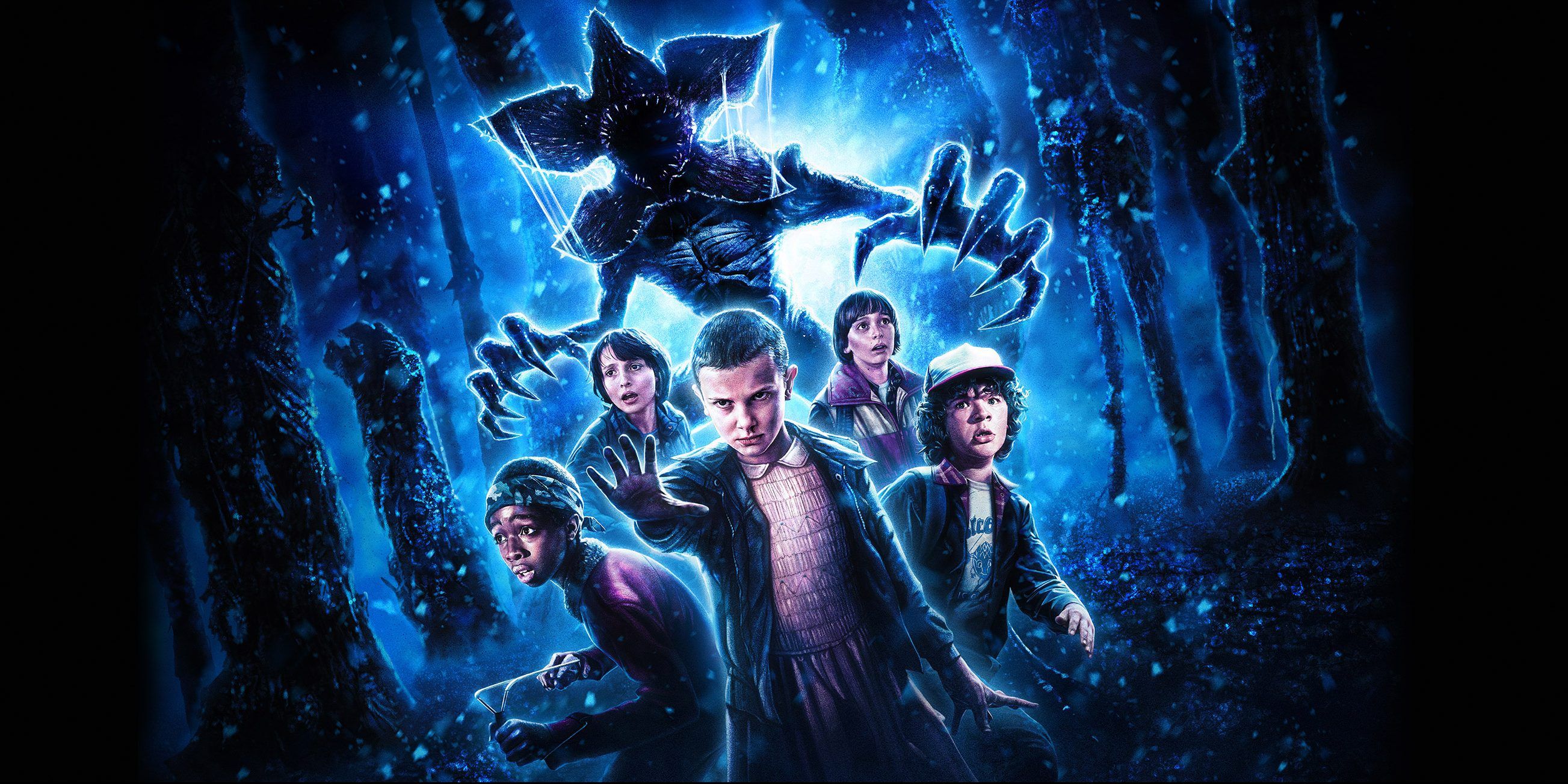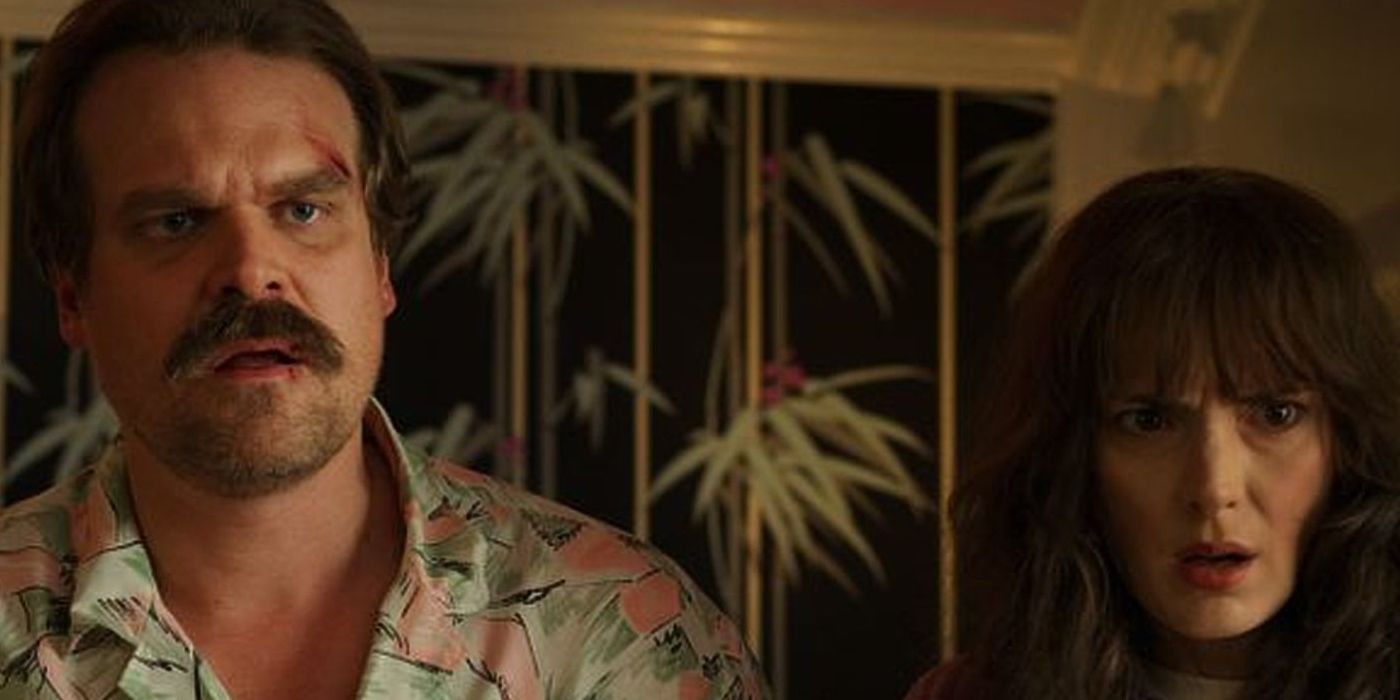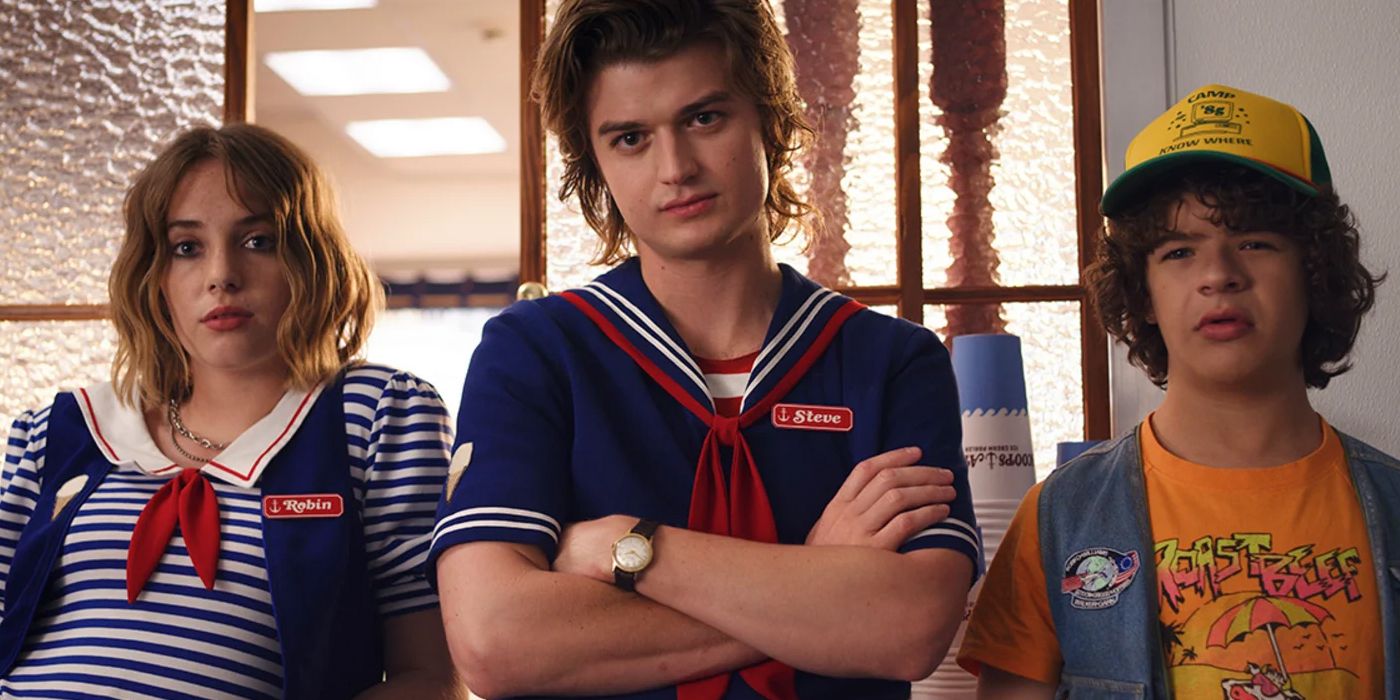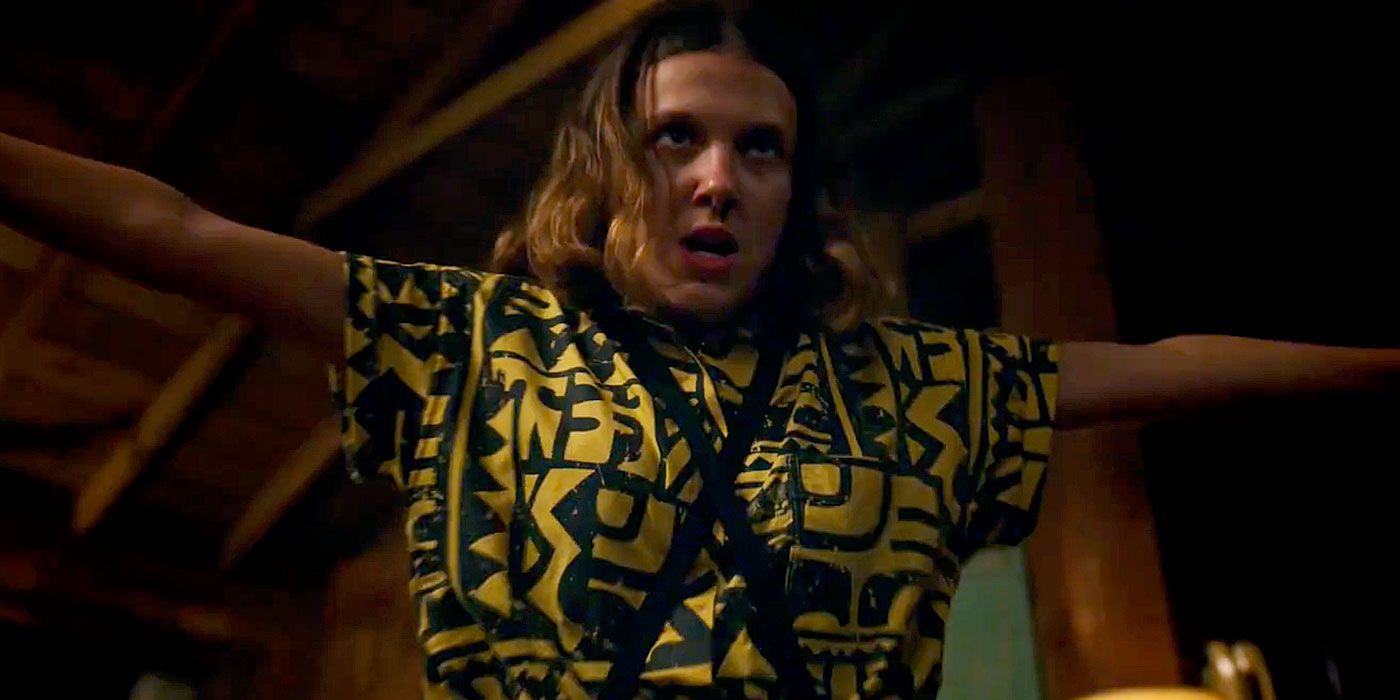The television industry is a cannibalistic one, always trying to replicate previous blockbuster successes. ABC's Lost spawned numerous attempts to ape J.J. Abrams' meandering epic, none of which made a comparative dent. BBC's Sherlock received its doppelganger in CBS's Elementary. Even further back, there was Battlestar Galactica's obvious Star Wars inspirations. Streaming service or not, Netflix is still considered television. So, where's the ripoff of Stranger Things?
Netflix's original series became an overnight success after it first aired in 2016. Despite taking an extended break between Seasons 2 and 3, Nielsen figures confirm that Season 3 is the most popular yet. The show helped Netflix retain dominance in a widening sea of streaming services, all with their own original programming. Add in the still competitive cable channels, and the question of a Stranger Things ripoff becomes even more obvious.
Budget
The sci-fi premise of Stranger Things definitely requires a hefty budget for a television series. An obvious cash-in would require a comparable budget, if only to not be laughed at.
There's also the budget required to create the show's engrossing 1980s aesthetic. Season 3 in particular created its fictional Starcourt Mall set using Gwinnett Place Mall. This Georgia mall is considered a "dead mall" due to its low traffic. Thus, turning it into a fully functional, '80s "Vaporwave" mall was surely no small financial feat.
These financial issues could be solved, at least in the case of Stranger Things, through an abundance of product placement. The show has extensively featured numerous brands, such as Eggo, Baskin-Robbins and Coca-Cola. Thus, anything with a similar number of licensing deals would seemingly pay for itself. The caveat there is how organically (for the most part) Stranger Things utilized its product placement, especially compared to the '80s/'90s movies it was inspired by. A less tactful attempt at doing the same would instead be reminiscent of notable flops of that era, such as Mac and Me.
Strange, Indeed
With sci-fi concepts like Demogorgons, psychic powers and the Upside Down, Stranger Things is a far cry from the run-of-the-mill police and medical procedurals that dot the cable landscape. For this reason, networks might also be less willing to try out a similarly sci-fi series for fear of a ratings disaster. While Stranger Things itself is a ratings hit, the measuring stick for Netflix's streaming successes is different from that used by cable networks.
Rim of the World, a recent Netflix-exclusive movie, would seem to be an attempt by Netflix themselves to repeat past successes. Featuring a group of teens facing aliens while at a summer camp, the film's 1980s kids movie inspirations and familiar premise made the Stranger Things comparisons inevitable. The similar release date to Season 3 of the Duffer brothers' series didn't help.
Another Netflix original series is The OA, which was acknowledged for its similarities to Stranger Things upon release. This even led to theories that the two shows somehow exist in the same universe!
Needless to say, Netflix isn't adverse to buying into its own hype. Despite the similarities, neither of these shows made the same ratings or pop culture dent. If even Netflix can't pull it off, why would any other network risk the investment?
Lightning In A Bottle
While the aforementioned shows may have had similar elements to Stranger Things, its the culmination of myriad different elements that makes fans love the latter so much. It's the combination of homages to '80s horror and sci-fi classics, the matching audio and visual trappings, the endearing child actors and almost irreverent product placement that keeps viewers coming back for more. The other shows only had certain elements, and yet those were still too similar. If a show was to more blatantly try to emulate what made Stranger Things stand out, it'd be spotted from a mile away as a cheap ripoff.
With the success of Strangers Things' third season, things could change soon. The show now has more merchandising products than ever, which is a trail of dollar signs that more networks may start following. Let's just hope that they care as much about a quality product as they do about product placement.




